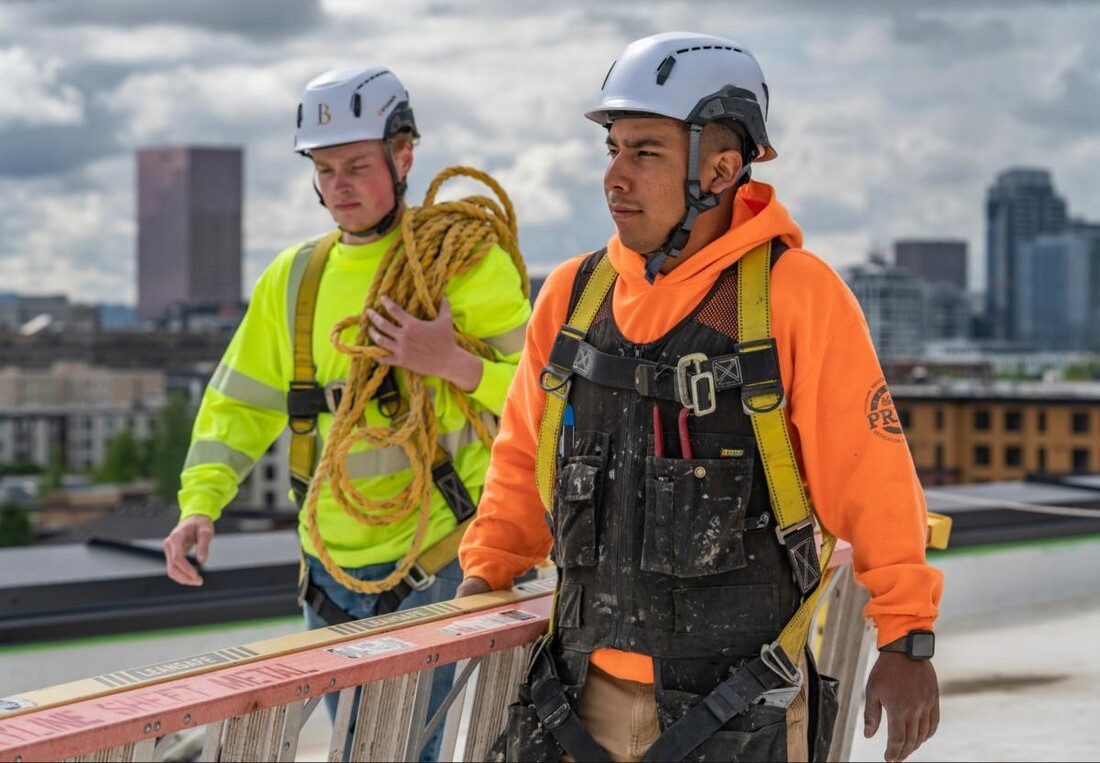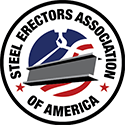|
ANSI/ISEA Z89.1-2014 (R2019) When you think of a hard hat, what do you picture? Do you picture the shell with a peak, a head band and harness? We have come to know these as the traditional style, or Type 1 hard hat. Type 1 hard hats work well, but what do we see happen when someone falls? We tend to see hard hats come off employees’ heads, especially when there is no chin strap. Based on ANSI standards, Type 1 hard hats are designed to reduce forces as a result of an impact only to the top of the head. Performance requirements are as follows:
To better protect employees from head injuries, OSHA issued a Trade Release on December 11, 2023 which states that they are replacing traditional style hard hats with more modern safety helmets to better protect their employees during site inspections. Why? Because in 2020, the Bureau of Labor Statistics reported that head injuries accounted for nearly 6 percent of non-fatal occupational injuries involving days away from work. Approximately half of those injuries occurred when an employee came in contact with objects/equipment and 20 percent were caused by slips, trips and falls. You will find that most, if not all, modern safety helmets fall under Type 2 hard hats. Type 2 hard hats, based on ANSI standards, are designed to reduce forces as a result of an impact to the front, back, sides, AND top of the head. In addition to the four performance requirements of a type 1 hard hats, type 2 contains 3 additional requirements:
Modern hardhats not only have additional performance requirements. They also have multiple attachment options. Some attachment options are;
OSHA gives us the minimum requirements on head protection in CFR 1926.100. It states, "employees working in areas where there is a possible danger of head injury from impact, or from falling or flying objects, or from electrical shock and burns, shall be protected by protective helmets". While Type II safety helmets may require a higher initial investment compared to traditional hard hats, they provide significantly enhanced safety and overall comfort for workers. They are specifically designed to improve wearability and, most importantly, offer protection against severe injuries or fatalities. Eliminating a hazard is not always an option but providing better Personal Protective Equipment can decrease the chances of someone being seriously hurt or killed. Resources: CFR 1926.100 Bureau of Labor Statistics OSHA announces switch from traditional hard hats to safety helmets This Safety Flash was contributed by Jesus Cadena, Chief Safety Officer at Building Zone Industries, in cooperation with SEAA’s Safety & Education Committee. It’s designed to keep members informed about ongoing safety issues and to provide suggestions for reducing risk. Best practices are gathered from a variety of sources. They may be more or less stringent than individual corporate policies and are not intended to be an official recommendation from SEAA. Always get approval and direction from your company officers on any new practice or procedure as these best practices may not work for all situations.
Everyone benefits when a worker avoids injury. Submit your ideas for Safety Flash to [email protected]. Comments are closed.
|



 RSS Feed
RSS Feed
